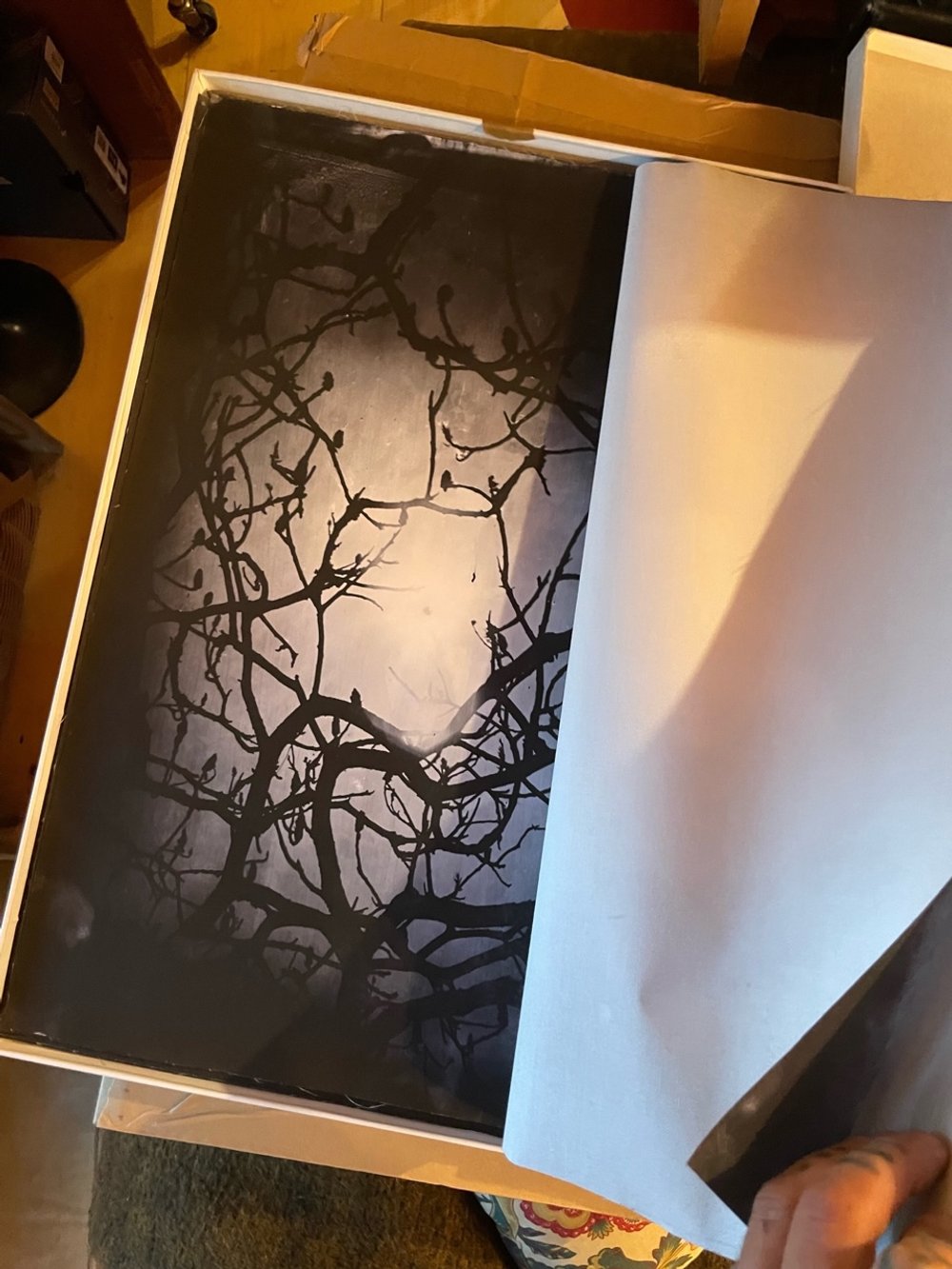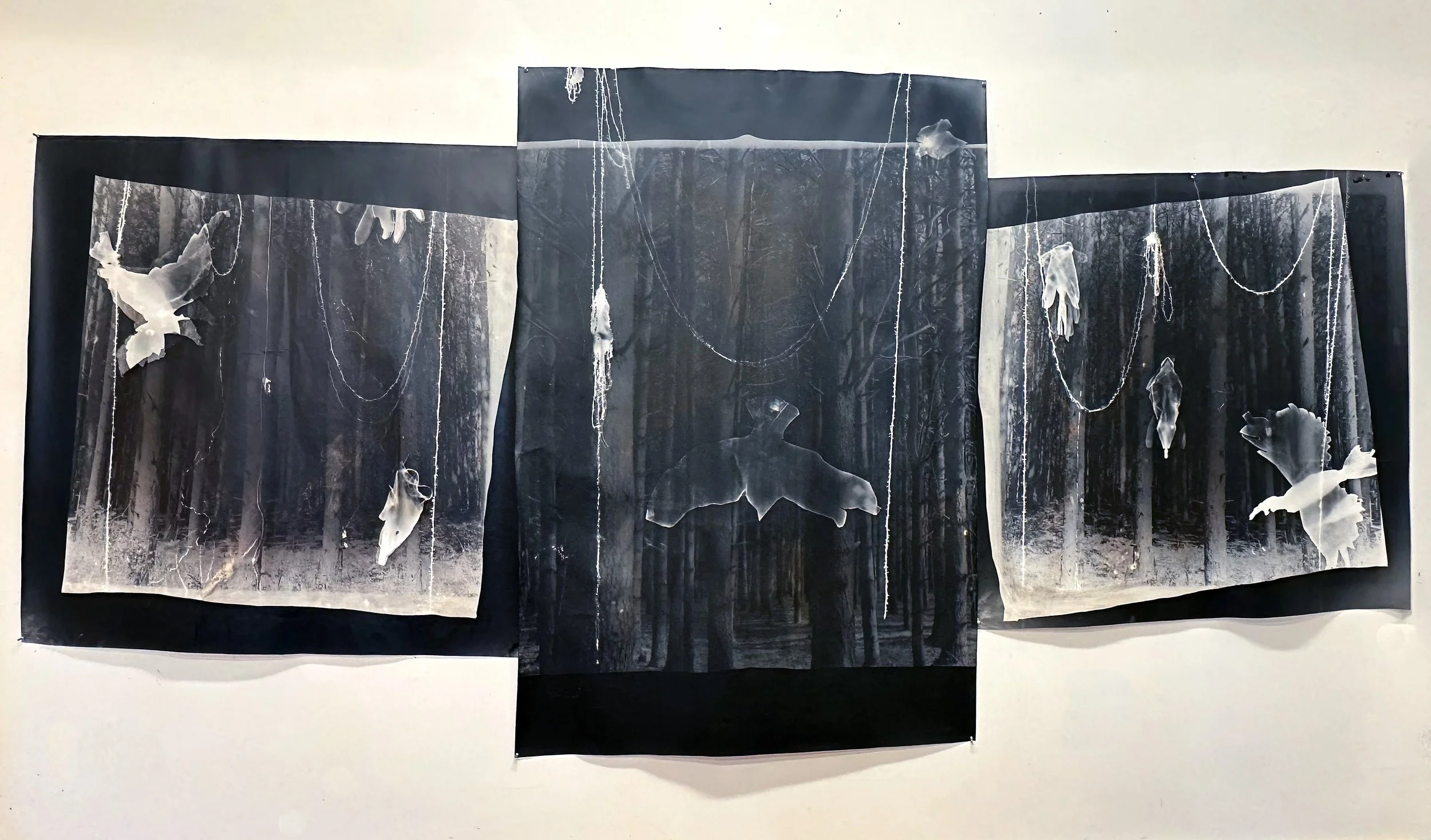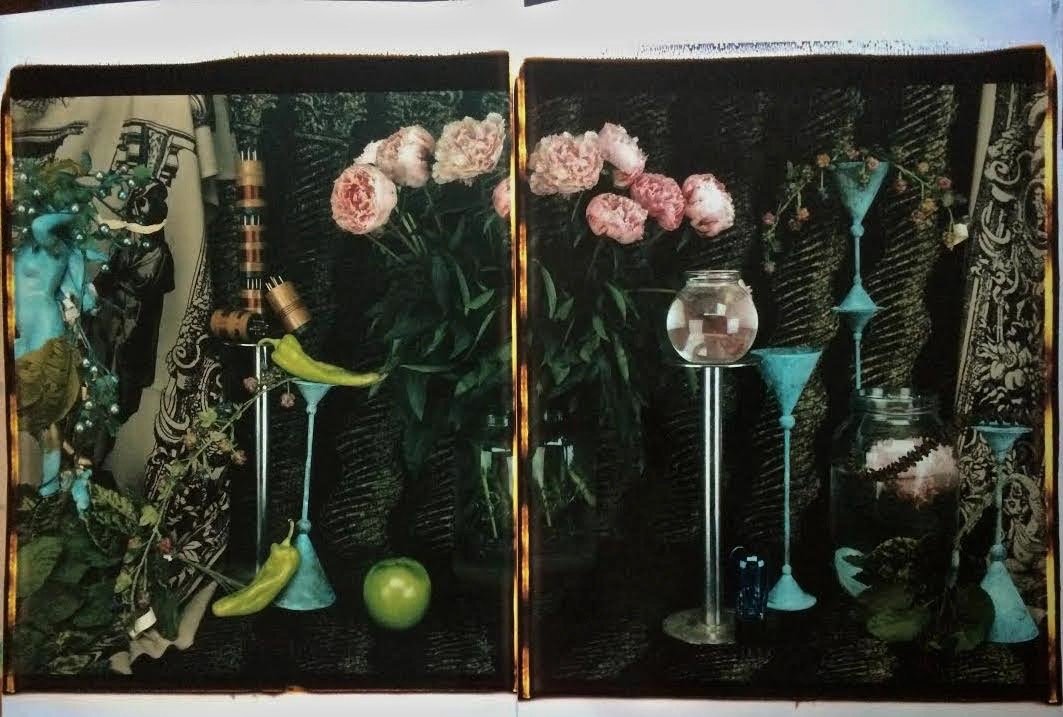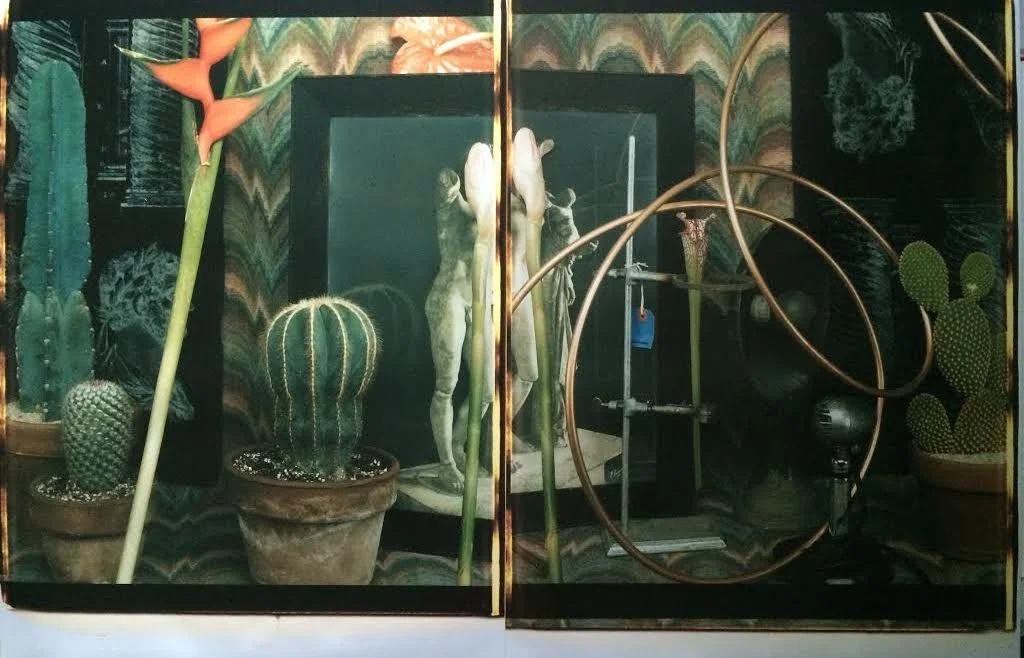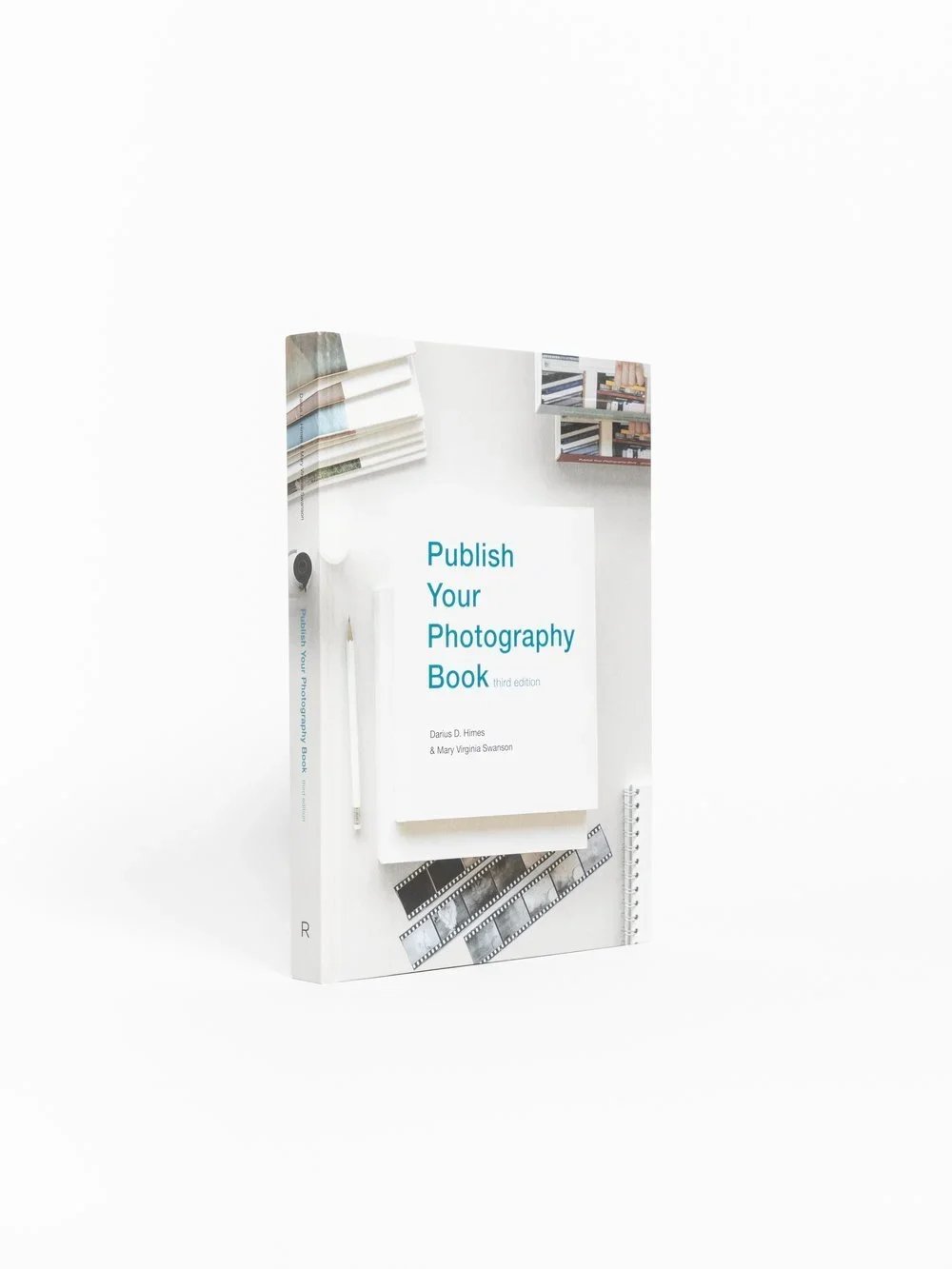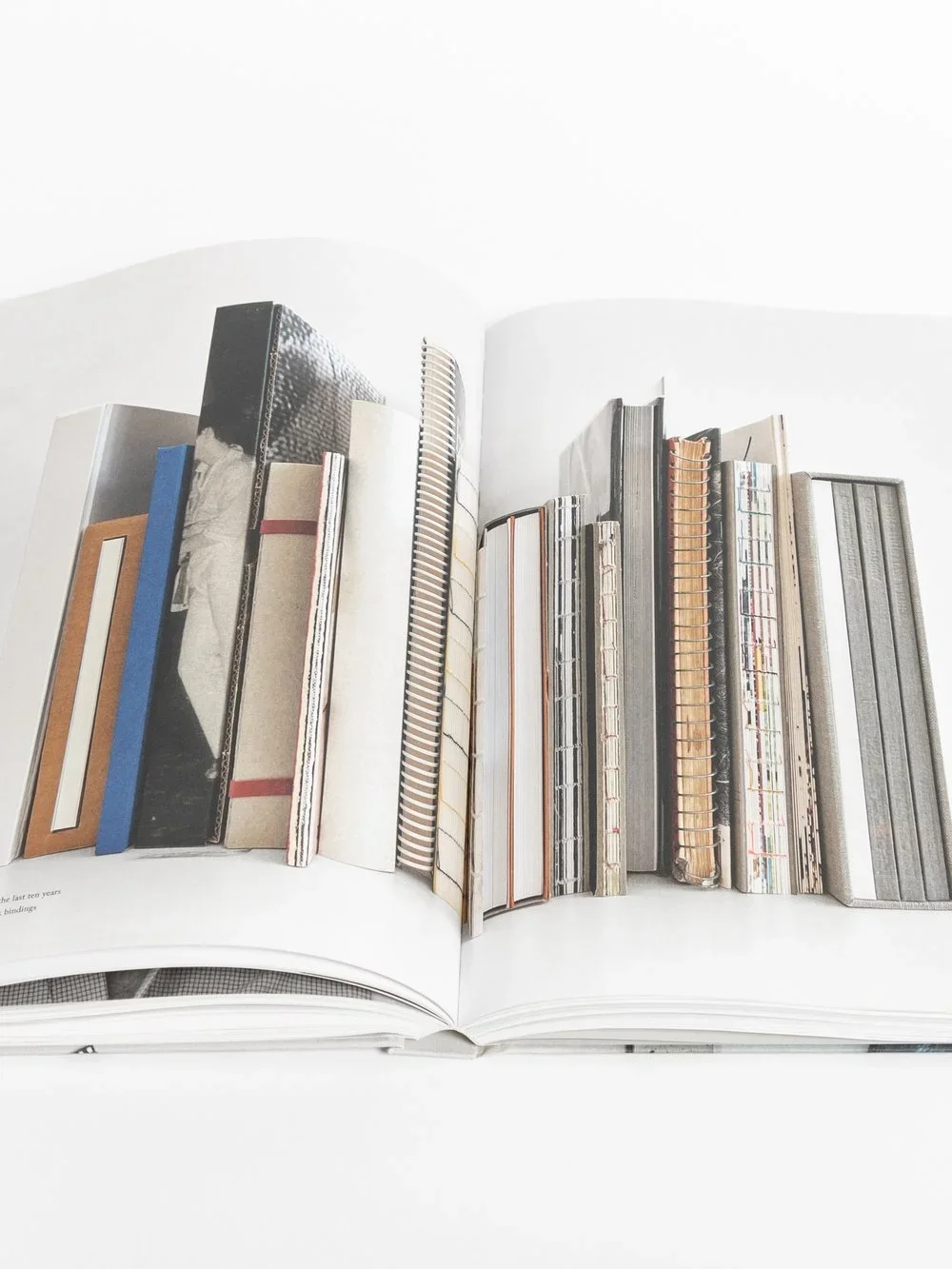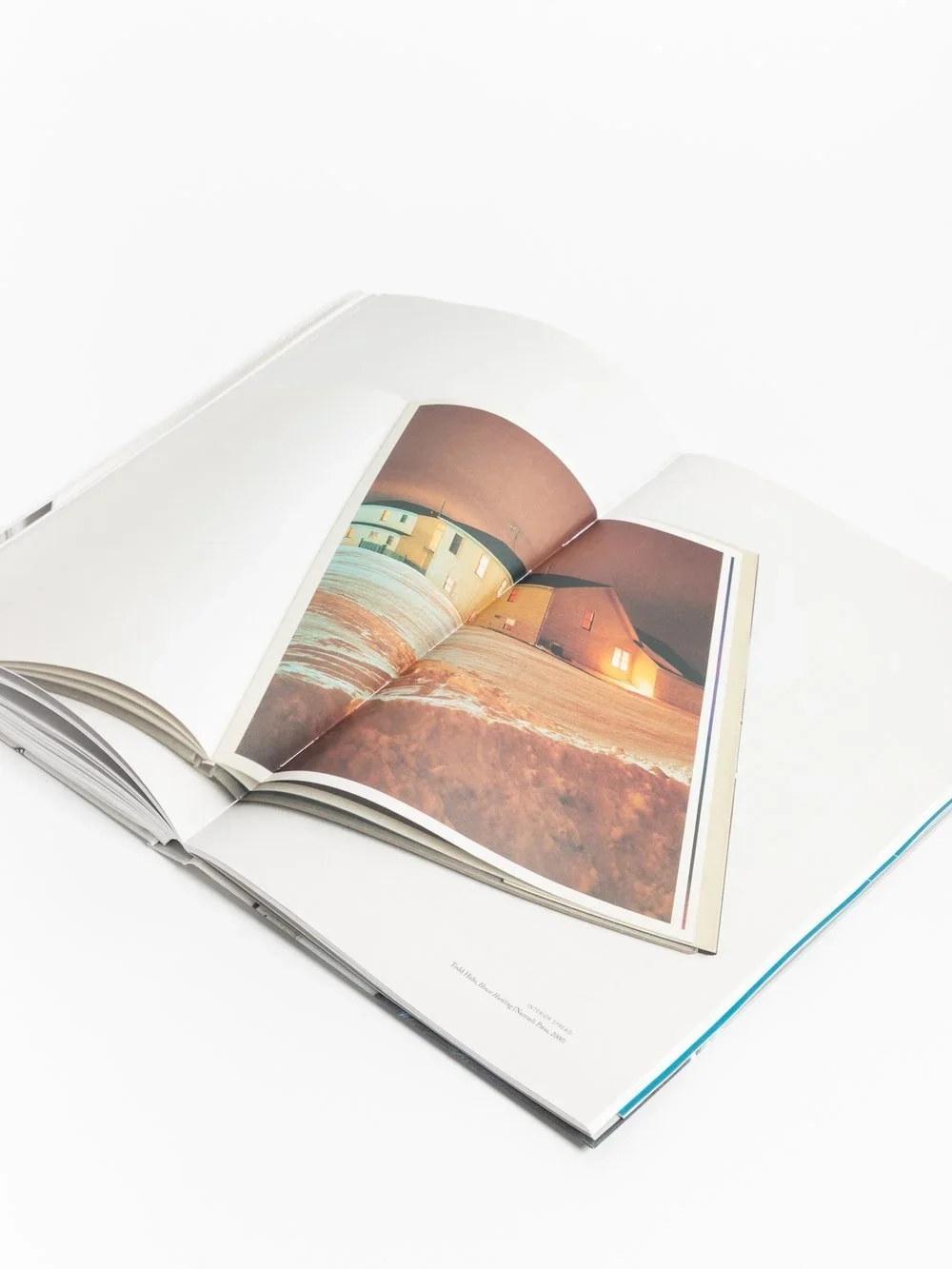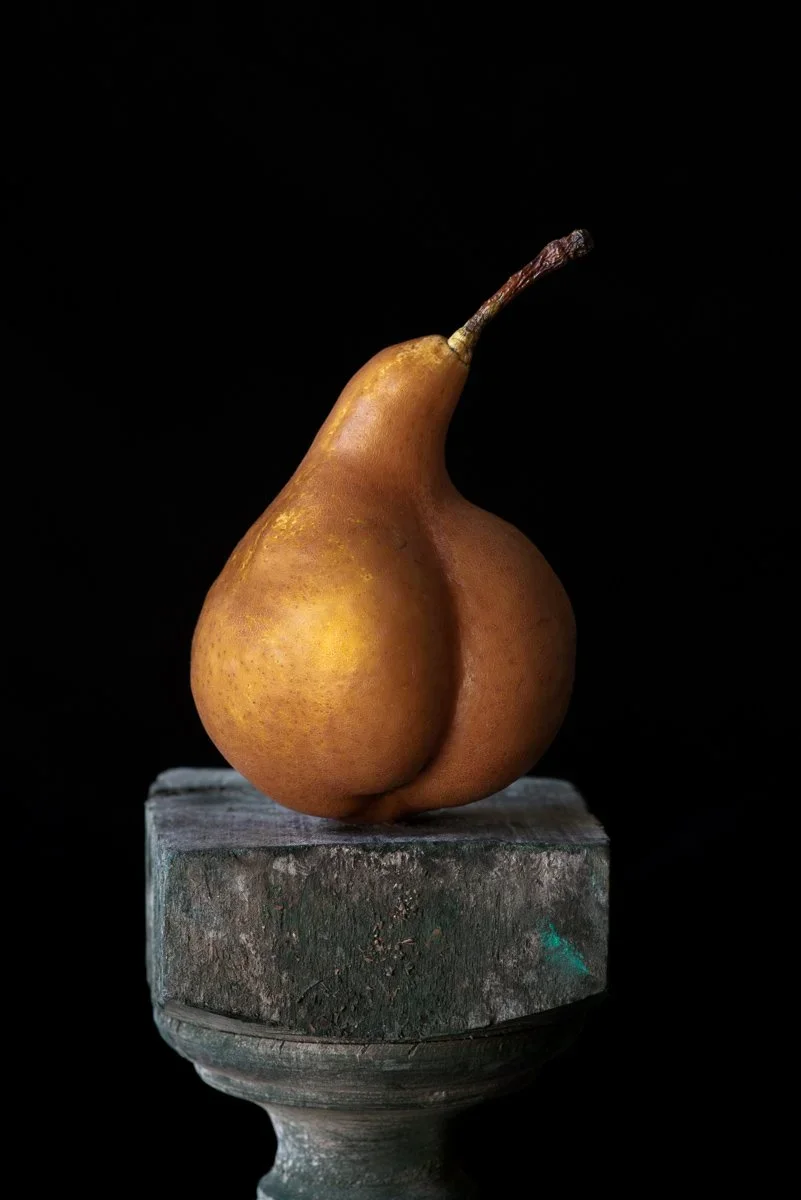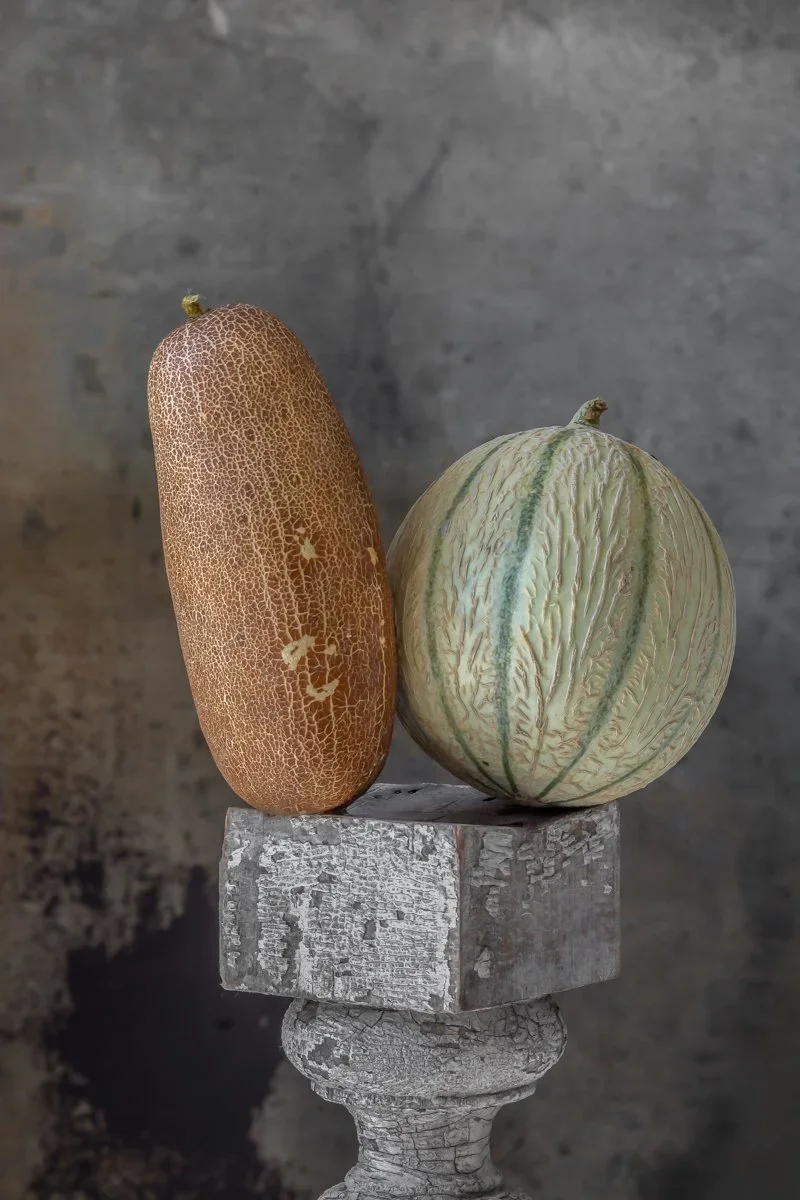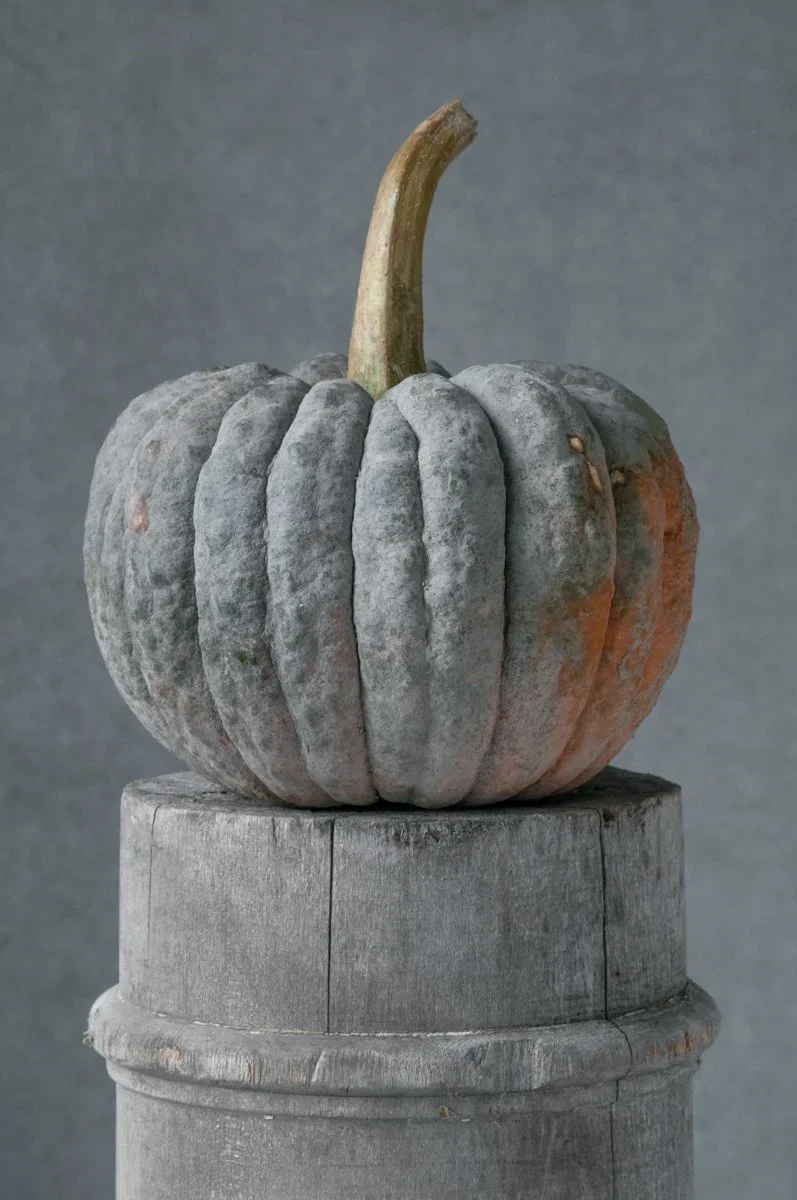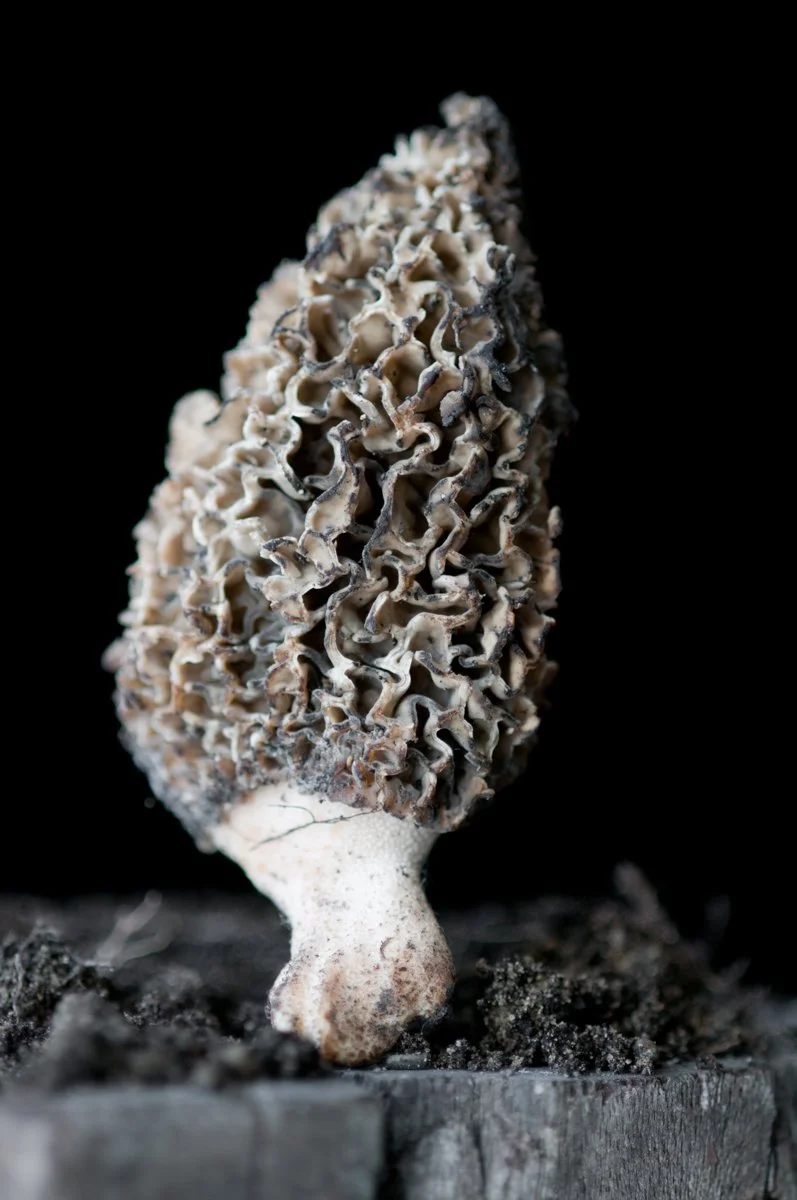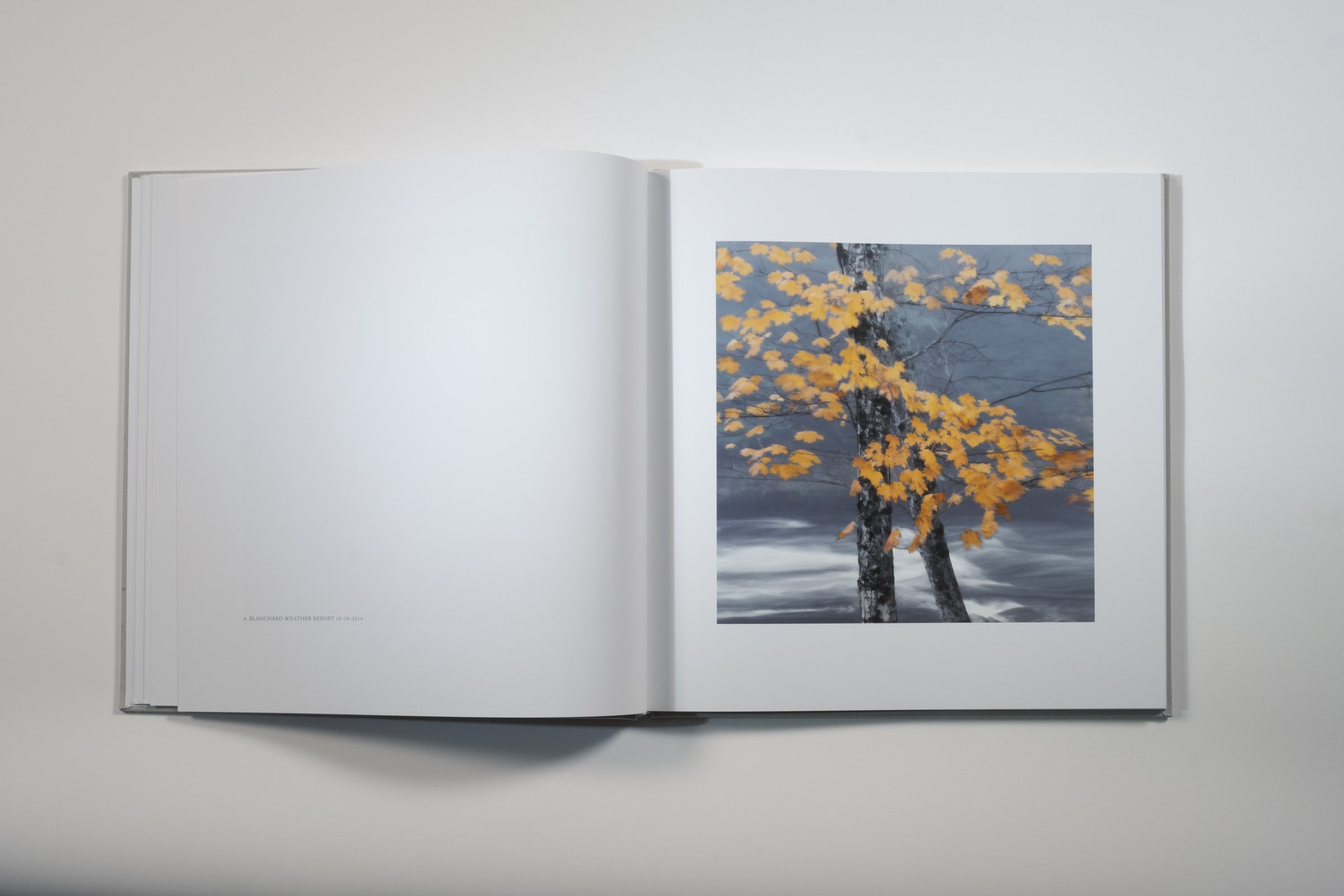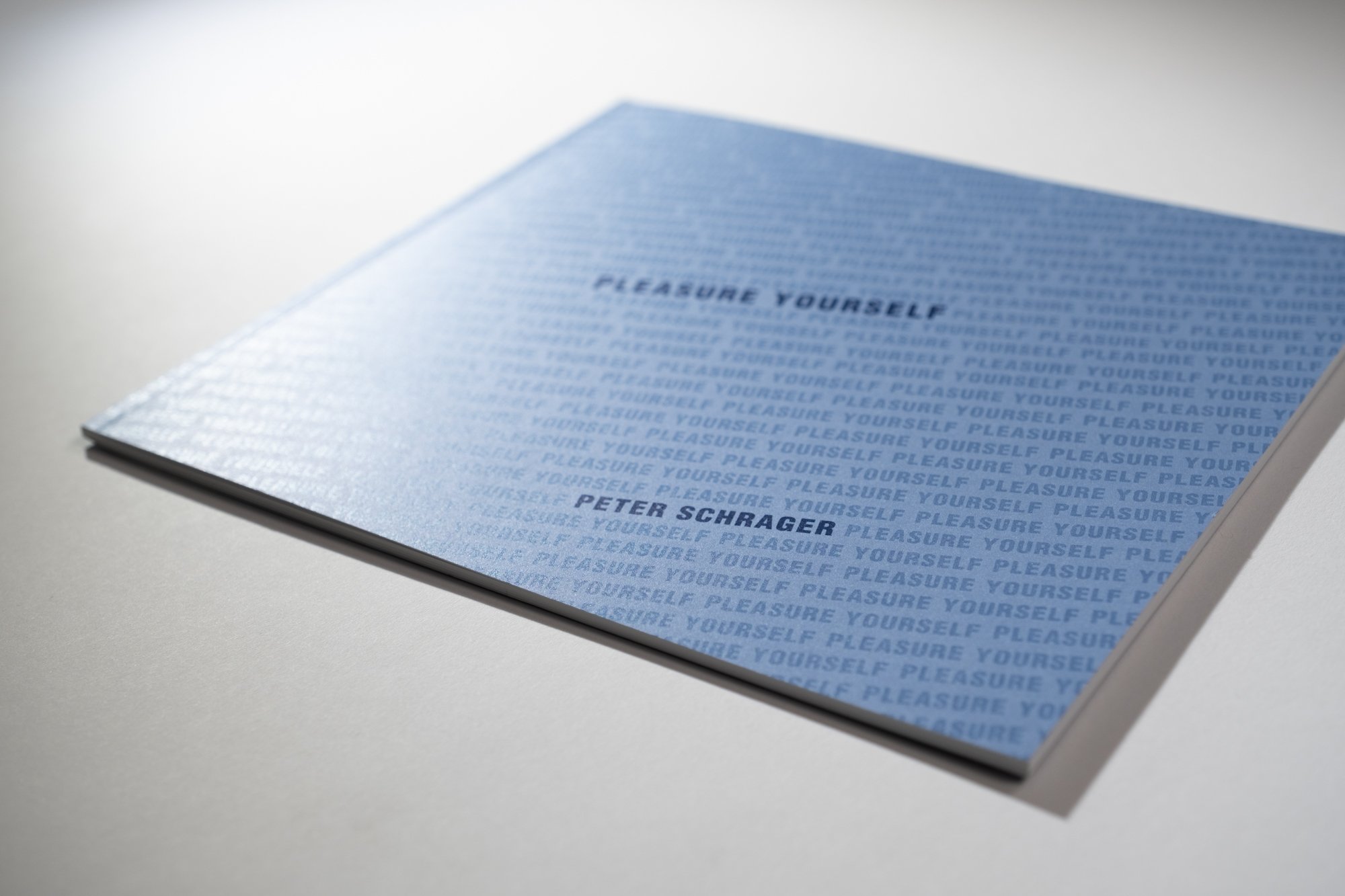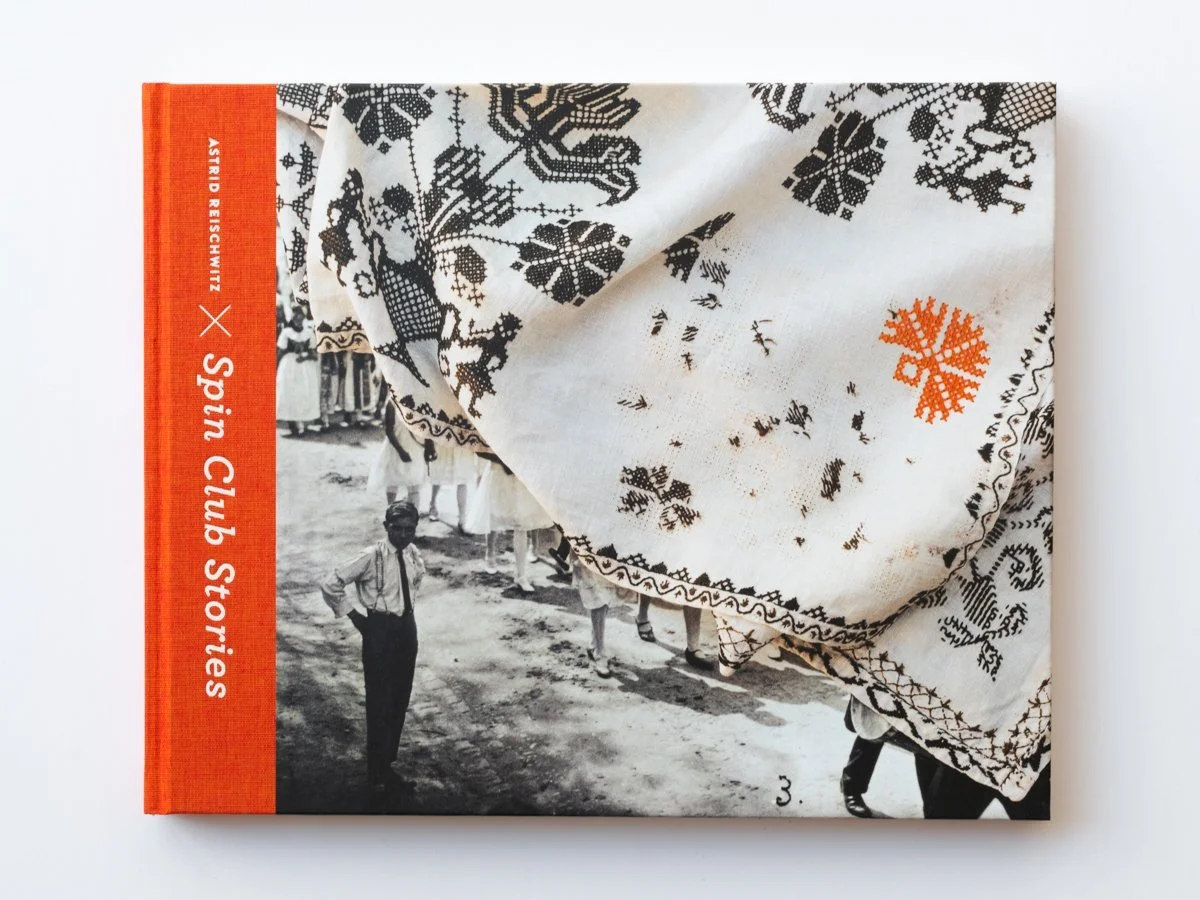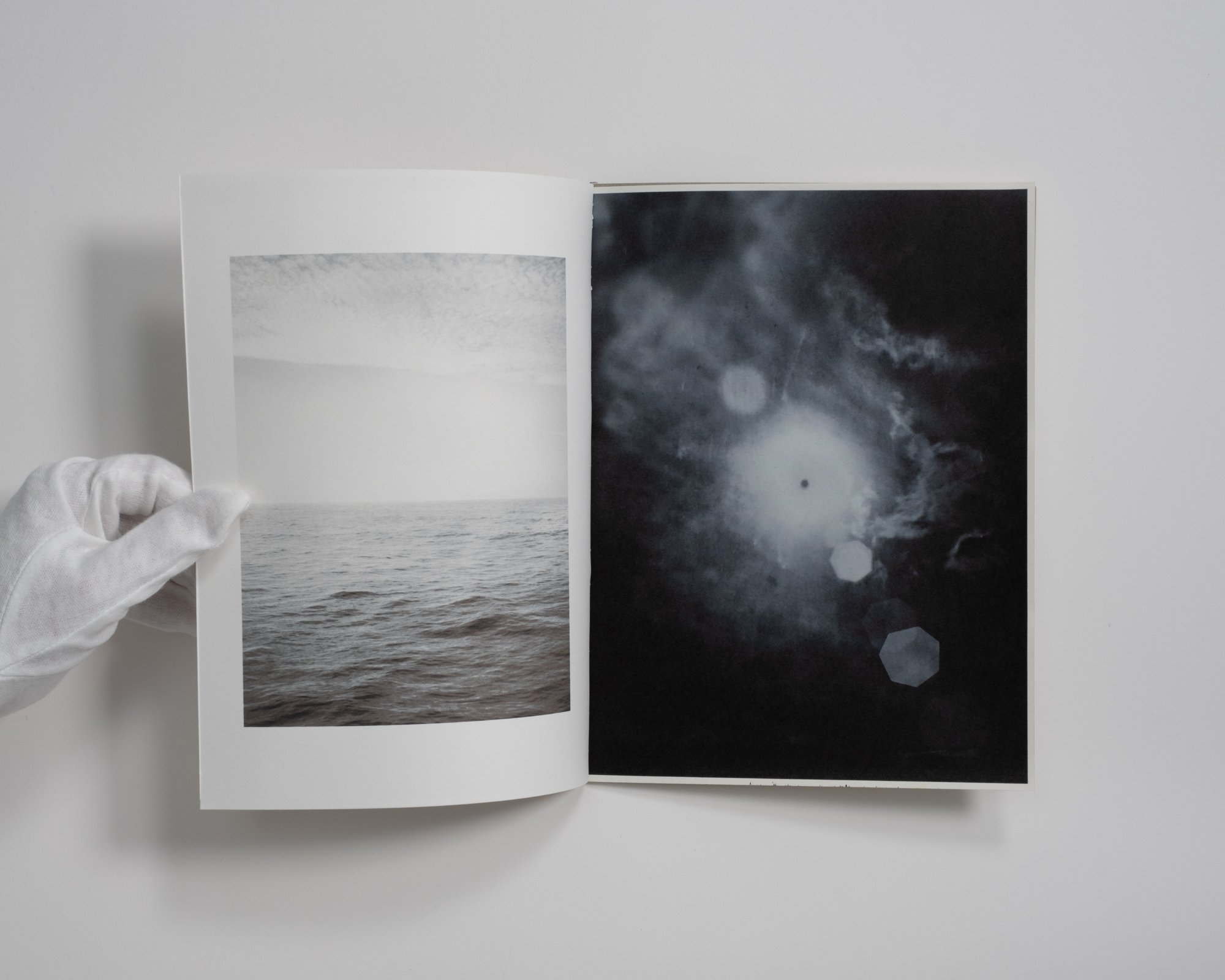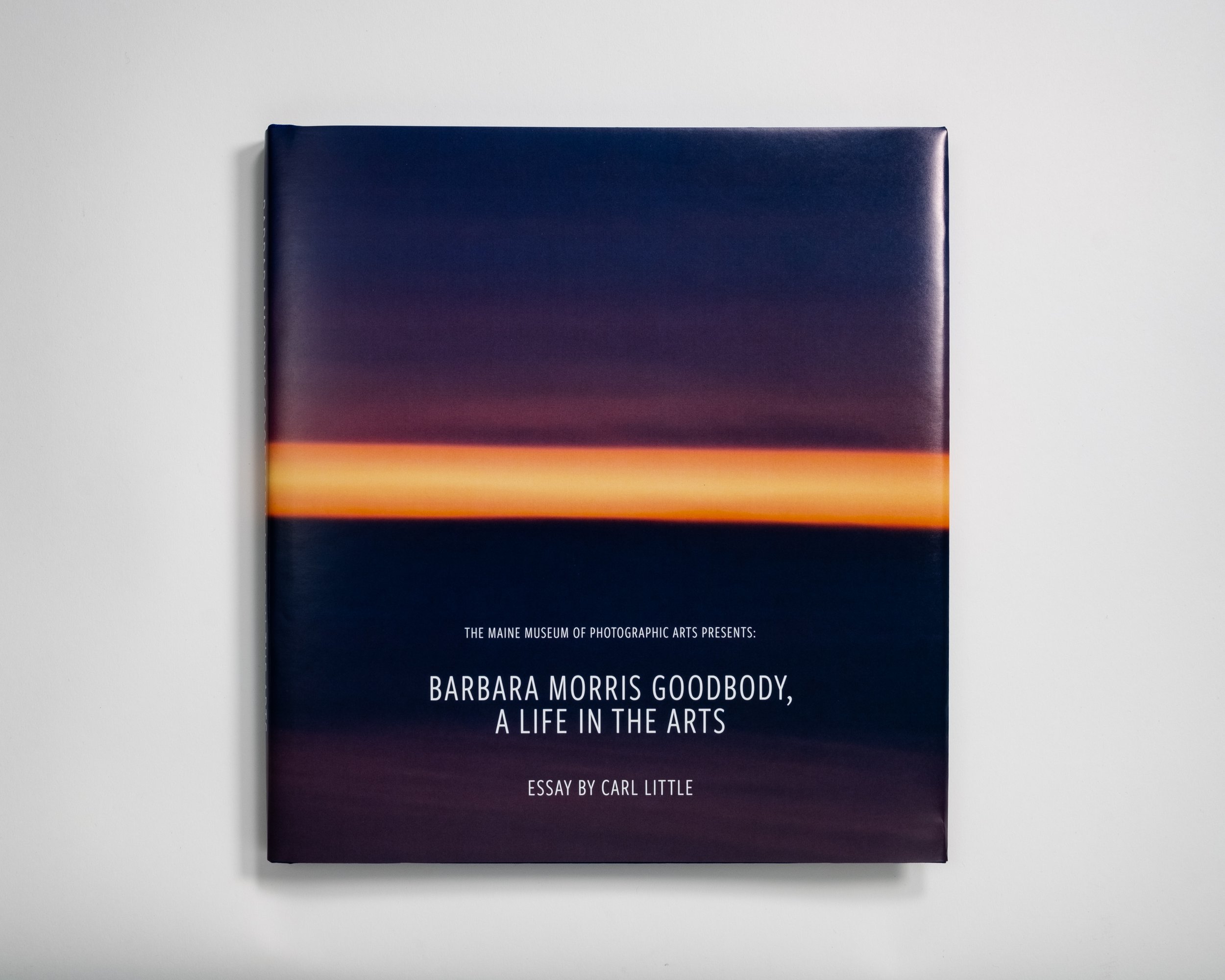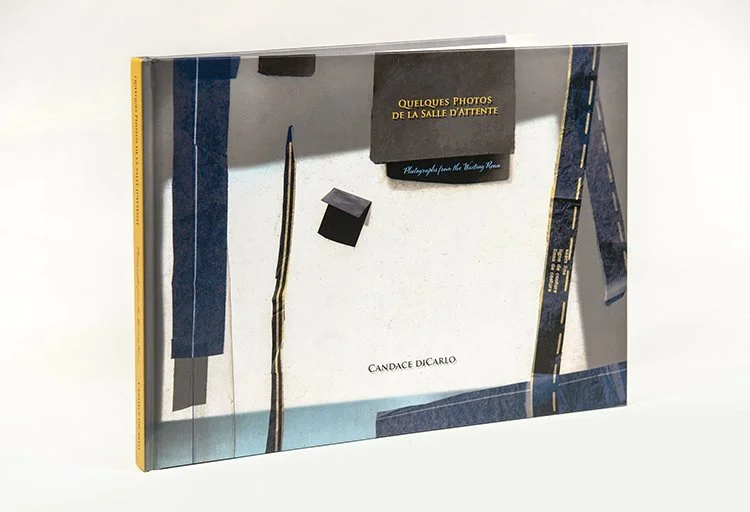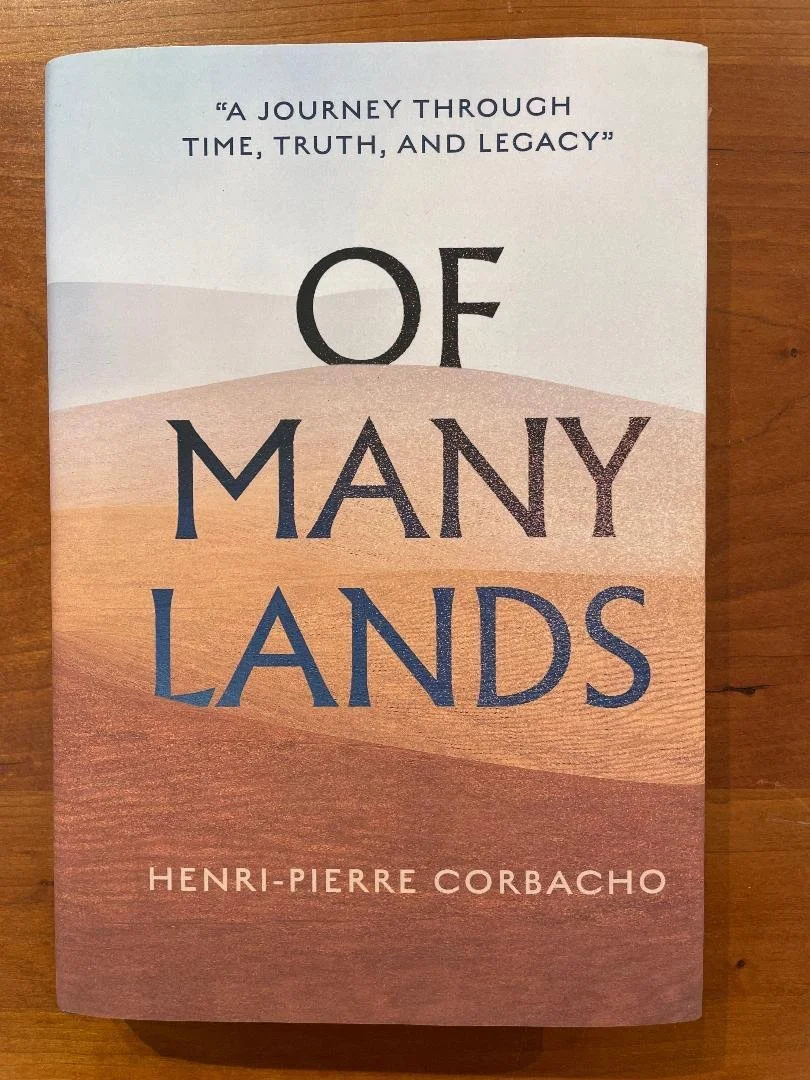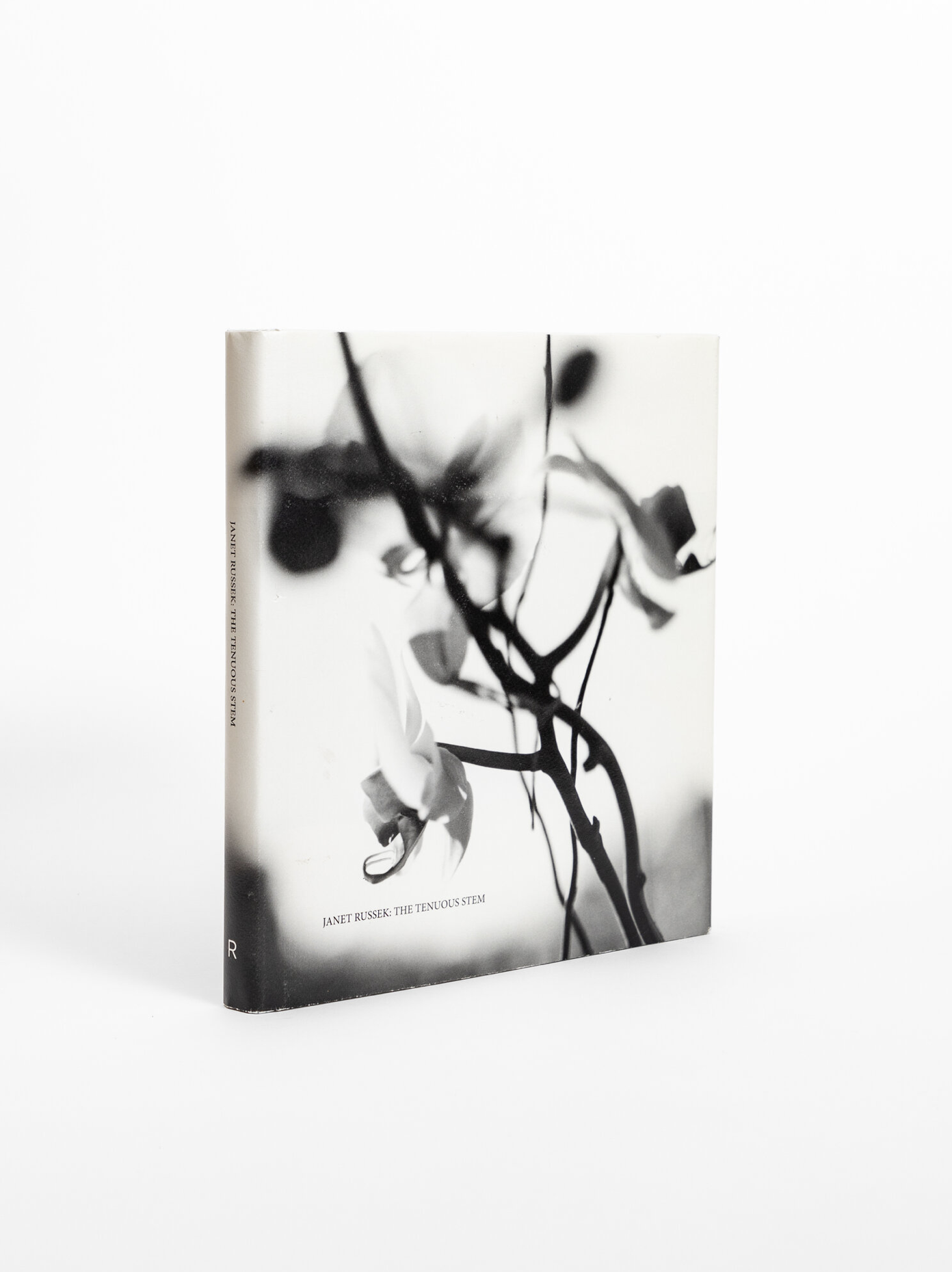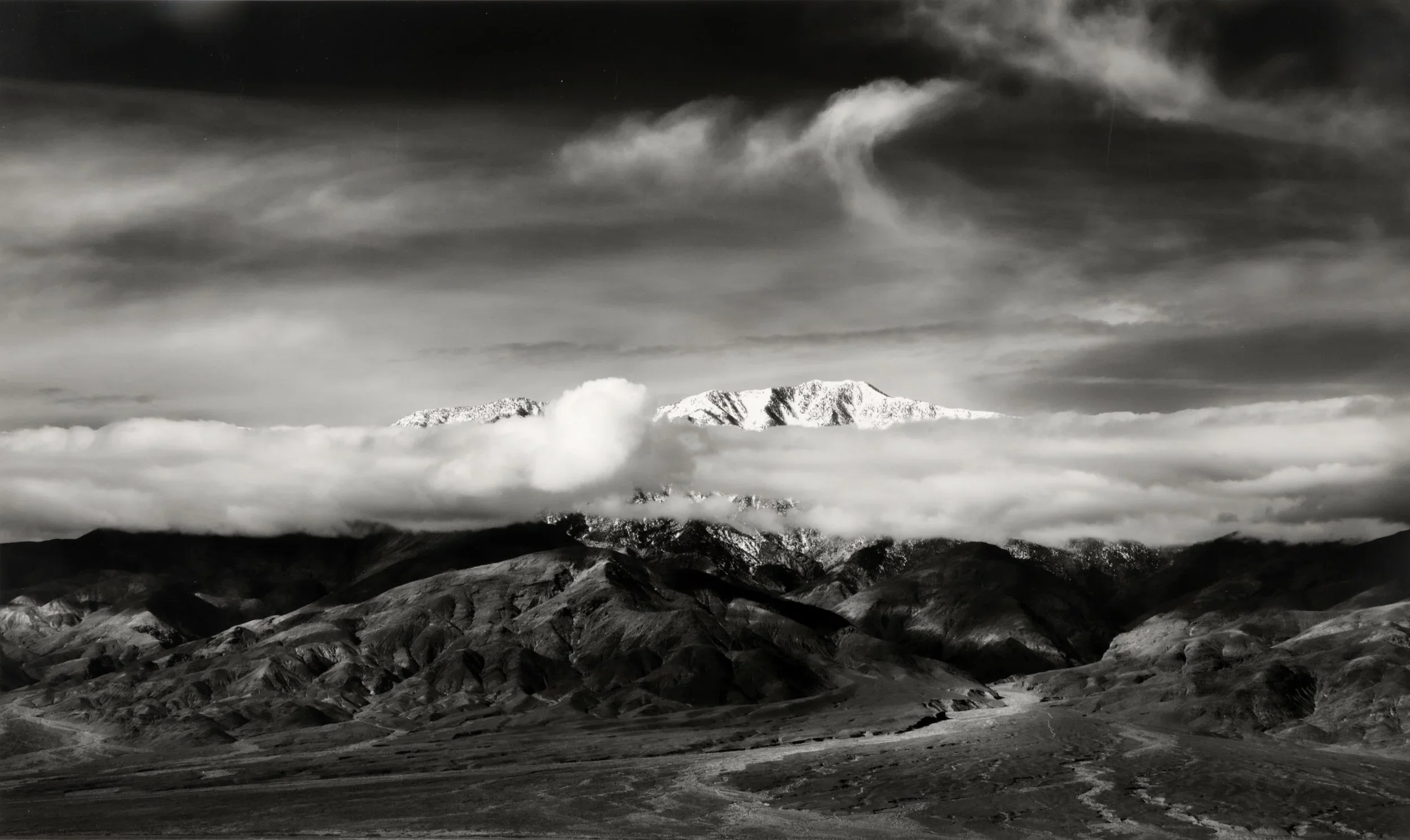The Maine Museum of photographic arts/MMPA is uber excited and temporarily closed while we fundraise
+ renovate our new home!
A NEW HOME... Its an exciting fall for MMPA!
Yes, that’s right, MMPA is purchasing a larger space in Portland to bring you more artists, artwork, books, exhibitions, events, collaborations, education, and out reach opportunities! We are terribly excited and it’s happening so fast! MMPA has closed our current location so that we can concentrate our efforts on our NEW home! Art and Book sales will continue online or by appointment. (All purchases shipped free of charge in the US.) We plan to continue with submissions, portfolio reviews and curation while we are closed. Visit our website for updates and details or sign up to receive progress reports from our mailing list. Until then, follow us on Linkedin and Instagram for updates. We will announce the dates of our grand opening and the next exhibitions: Looking at You and Home and Place shortly.
Forgive us if we ask a few times for donations and help. Our need is real and our ambition is great.
Click here to read Megan Gray’s Portland Press Article about our new space
We need to raise $130,000 in the next 90 days to close on our loan
Off to somewhere new that supports our needs, does the most good, and speaks to our mission.
387 COMMERCIAL STREET, Suite 5, Portland, Maine 04101
Our online store is open during this transition and shipping is free in the US. This is a fantastic way to help.
Join our mailing list for more details
Susan Murie Donation for MMpa
Susan Murie, Voyage ll, 2022, Cyanotype, Watercolor and pencil on paper, 38.5 x 31 inches, $3000.
I am donating proceeds from the sale of this maritime cyanotype work for the new home of mmpagallery Maine Museum of Photographic Arts in Portland. Yes, that’s right, MMPA is purchasing a larger space in Portland to bring you more artists, artwork, books, exhibitions, events, collaborations. I will personally deliver if you are in the Boston area. Shipping is no additional cost in the US. Please contact for price and more details. - Susan Murie
Deb Dawson
Deb Dawson, Spurwink Marsh, 2025, Inkjet print (film based) 20 x 20 inches, $1,200
Acceptance is not a concept that comes easily to my perfectionist mind. But years have worn away the crisp edges of aspirational photography goals to reveal something more. Something that is difficult to express with words, but seems to flow more easily through the alchemy of light, lens, timing and chemistry. These photographs made with some of the first cameras I acquired many years ago are helping me to see the world anew, with a beginner's mind. Freedom from the ease and precision of a modern digital camera allows me to release some control to the elements. They're more of a collaboration with the environment to find connection and rediscover a sense of awe at the beauty in the moment of discovery... Come what may.- Deb Dawson
Deb Dawson was introduced to Maine 30 years ago while honing her photographic eye and craft at Maine Media Workshops + College before completing her BFA in Photography at the University of Southern Maine. Embarking on a series of adventures as an archaeological and museum photographer in Carthage, Tunisia, she later returned to explore Maine’s craggy coast while earning her merchant mariner captain’s license. This time, living close to the land and sea solidified Dawson’s deep appreciation for the natural environment. To better tell the story of the changing landscape and coastal communities, Dawson developed her narrative voice at SALT Institute of Documentary Studies in 2018. MMPA is lucky to have Dawson on our Advisory Board where she is a tireless contributor. These varied experiences now seem to coalesce into a poetic vision, conveying Dawson’s sense of awe at the beauty found while contemplatively observing our changing world.
To go in the dark with a light is to know the light.
To know the dark, go dark. Go without sight,
and find that the dark, too, blooms and sings,
and is traveled by dark feet and dark wings. - Wendell Berry
Cole Caswell
Cole Caswell, Cupsuptic Lake Hallucination, 2019, Pigment print on fabric, 19 x 13 inches, $280.
Cole Caswell, The Source Portland, Maine 130, 2019, Pigment print on fabric, 19 x 13 inches, $280
As an artist I run and create experiments that aim to explore space as a complex negotiation of subjectivity and landscape. My use of wet plate collodion hinges on an interest in its flexible application and ability to reveal aspects of our contemporary world. Exploiting the tintype in contemporary ways, I negotiate and reflect upon the reciprocal relationship of subjectivity and geography and the way space is experienced/mapped externally and internally. The Source uses visual experimentation to reflect on our contemporary understandings of being in a place. The images push at the idea of reveling that which cannot be seen. Abstract and detailed depictions of the sun pick up subtle silhouettes of trees and power lines grounding the images. However details in the sun’s relationship to clouds and atmosphere combine with aberrations in the wet plate emulsion creating an abstracted view of the qualities experienced within a place. In a reflexive manner, the works also play with the idea of looking into the sun - and photographing the source of light.
The works are printed on fine cotton using the cyanotype, a photographic process dating back to the 1842. Both sides of the fabric are printed - this adds depth to the intertwining of space in the print. It also means the works can be installed in free space with both sides showing or each piece can be stretched and framed for a more conventional presentation on the wall. - Cole Caswell
Jeannie Hutchins
A gorgeous new piece by Jeannie Hutchins, Tomorrow, 1/3, 2025, Carbon transfer print, 20 x 25 inches, $600.
I am interested in making photographs that question not only visual reality but existential reality as well. The photographic process is what allows me to explore space, time, mortality, and immortality without being constrained by my culture’s expectations. I use the camera to try to find answers to Life’s Unanswerable Questions. I still have no answers, so I keep on photographing. No Answers I don’t believe in a god yet she confronts me. I ask what is beyond the stars yet, don’t know what is here. I feel the movement of time but I don’t know where it is going. I want to know what is next but can’t even know what is now. I ask if my future lies in the Abyss and grapple with that possibility. I feel the draw of my culture’s mythology but don’t trust the metaphors. I choose but don’t know what I’ve chosen. - J. H.
Ever since the night she photographed deep into a midnight blue lake and found that she could see to the end of the universe, Jeannie Hutchins has been using the camera to make images that explore life’s unanswerable questions. Her images often confront met a physical concepts regarding our relationship with the Cosmos. Hutchins images have been exhibited and collected internationally. Jeannie lives back in Maine after decades living “away” in both the USA and Canada. She proudly received her MFA in May, 2024, from Maine Media College in Rockport, Maine
Yes, friends, the darkness wins but these
short days so celebrate light:
today, the lemon sunrise lasted a few
hours until sunset, all day the snow
glowed pink and purple in the trees.
This is not a time of black and white.
My friend, outside us, among us too,
let's sing what winter forces us to know:
Joy and colour bloom despite the night.
We measure warmth by love, not by degrees. - Patricia Monaghan
A JAMES R. SALOMON MEMORIAL PHOTOGRAPHY EXHIBIT
Announcement: the A Call For Works chosen artists list coming soon.
Of Home + Place
The sense of place, as the phrase suggests, does indeed emerge from the senses. The land, and even the spirit of the place, can be experienced kinetically, or kinesthetically, as well as visually. If one has been raised in a place, its textures and sensations, its smells and sounds, are recalled as they felt to a child’s, adolescent’s, adult’s body. Even if ones history there is short, a place can still be felt as an extension of the body, especially the walking body, passing through and becoming part of the landscape. - Lucy Lippard
Sense of place is the sixth sense, an internal compass and map made by memory and spacial perception together. The desire to go home that is a desire to be whole, to know where you are, to be the point of intersection of all the lines drawn through all the stars, to be the constellation-maker and the center of the world, that center called love. To awaken from sleep, to rest from awakening, to tame the animal, to let the soul go wild, to shelter in darkness and blaze with light, to cease to speak and be perfectly understood. - Rebecca Solnit
Joan Fitzsimmons, The Woods 26, 1/1, 2025, Hand toned gelatin silver print with photograms, 5.1’ x 12.6’, price TBD
The Woods are my personal reflections on the meaning of landscape. I do not relate to landscape with a grand sense of romanticism. In this landscape I have ventured into the forest, the unknown, to discover that not only is it a place of both fear and fantasy, but that its very history embodies all of that. I have walked as long as I can remember. My Father would gather me, and my siblings, and we would walk for miles. We would walk to our grandparents' home. In summers, we walked in the Michigan woods, searching for evidence of past histories. When I walk, I dream. I don't start with that intent. I just want to move, but my mind moves with my body. It moves in time to places of memory and imagination. My early landscape work began with a walk in the woods. As an artist-in-residence at the Weir Farm National Historic Site I took daily walks in the surrounding woods. Imagination came into play, both then and now, with imagined creatures and events in the extreme. While lost near twilight, I conjured everything, Bambi, deer ticks, sudden sounds weren’t necessarily animals. Some of the fantasy was Disneyesque, some was extremely frightening. I wasn’t always sure of how based in reality it was. In Poland I visited Bialoweiza, one of the last remaining bits of primeval, European Forest. This speaks to the history of the woods in Europe (and other places). The woods are rife with histories of oppression and execution. They were often places of escape from such. While there I was also introduced to the traditional cut-paper art of Wycinanki.
My series, The Woods, was inspired by my experience of frequently being lost therein. It invited new formal challenges. Breaking from the traditional small photographic rectangle, I chose to respond to the immense scale of the woods and its seemingly infinite depth by augmenting the scale of my medium. I projected negatives onto mural-sized paper that I pinned to a moveable wall and then developed in an oversized sink with sponges. I then collaged the pieces together, with regard to the movement and dynamics of line. I treated the prints in a looser, more painterly fashion by collaging and cutting negatives, selectively bleaching and toning the images, and adding inks, often recreating the act of gestural drawing that I saw performed by the winter landscape. Currently I am also incorporating photograms, handcrafted birds, bits of yarn, yard debris, informed by Wycinanki and my imaginative landscape. In this body of work, I have attempted to recreate the experience of an environment through the use of abstraction, line, and scale , inviting the viewer into a disorienting space. It may be a place of discomfort, an abstraction of reality, an other reality. I am interested in creating landscapes that confer, or imply their own meaning, their own world. - Joan Fitzsimmons
Thank you to the applicants of this exhibition. The work sent to us was so extraordinary and we realized immediately that the idea of home and Place is a poignant and timely topic in our culture. We Have decided to open our new location with the reception and exhibition- a celebration of MMPA’s new Home too! Please forgive us for the delays and have patience with us while we finalize our arrangements. Join our mailing list for updates.
Exhibition Dates + Talks: TBD shortly
Jamie Salomon with his dog, Olive.
Jamie Salomon (1963 - 2024) was a distinguished photographer whose passion for the art began at age 12 with his father's Rolleiflex camera. He earned a BFA in photography from the School of Visual Arts in New York City and later established his career in Maine after relocating with his wife, Susan. Over more than three decades, Jamie specialized in architectural, editorial, and commercial photography, developing a unique style characterized by a keen eye and a sensitive use of light. An avid nature enthusiast, his deep knowledge of the woods, oceans, and flora and fauna often permeated his photography, bringing his passions vividly to life in his images.
It is to Jamie and his family that we owe the terrific upcoming exhibition, as it was generously underwritten by the Salomon family.
SUBMIT YOUR WORK
HAVE A PORTFOLIO THAT YOU WOULD LIKE TO SHARE?
Send us an email with “PORTFOLIO SUBMISSION” in the subject line, a short bio (2–3 sentences), an artist statement (3–5 sentences about the content of the work.) an image list, and 24-48 JPGS (sized to 1500 pixels on the long edge) to CONTACT.MMPA@GMAIL.COM
Please Note: We require a small donation of $50 to consider a submission.
Every submission gets a response. Works that aren’t right for MMPA are often forwarded to curators friends in Southern Maine.
PLEASE DO NOT SEND GOOGLE DRIVE LINKS.
John Gintoff prints
John Gintoff, Diptych with peonies, From the Persian Versions Series, 1985, Diptych/ 2 Polaroid prints, 24 x 20 inches, $10,000.
This group of photographs was created in Polaroid’s 20” x 24” Studio in NYC, headed by John Reuter. I received grants from the Polaroid Corporation in 1985, 86 and 87 to work there. These images were somewhat preplanned as all props and materials had to be brought to the fourth floor studio in New York. (I worked there in August, and NY can get pretty hot, especially when the elevator wasn’t working.) However, once in the studio, a lot of the work became adlibbed (which was a lot of fun). I was thinking about Renaissance Sill Lives at this time which accounts for the baroque nature of this series. But Baroque with a twist. Many 20th Century references and objects are there as well. - J. G.
Artist John Gintoff holds an MFA in Photography from Temple University, Philadelphia, PA and grants from the Connecticut Commission on the Arts (2 times), 20” x 24” Polaroid Studio, Polaroid Corporation, NYC, NY (3 times) and the Aetna Insurance Co. Hartford, CT. Taught college and High school level photography, painting and sculpture. Work has been published and in many collections.
John Gintoff, Dutch Suite one, two and three, From the Persian Versions Series, 1/1, 1985, Polaroid print, 24 x 20 inches, $5000. each
About the 20 x 24 Polaroid camera
Only six cameras were built between 1976 and 1978; five remain in use. Two prototypes were built first, then five cameras later. Famous artists and photographers were invited to use the cameras (by award/ grant competition) at the Polaroid studios or later by loan. The camera was built to demonstrate the quality of Polacolor II film, which the company was about to launch in 8×10 format. Our artist, John Gintoff was chosen 3 times to use the camera and had 48 hours only to create. The work you see here is from one of those sessions. To give perspective and context, in 2007, the camera was a rare commodity, it cost $1.750 a day to rent and the film cost $125 per exposure. It also came with a technician from Polaroid looking over your shoulder, for fear that the camera would be damaged. Despite all this, let us revel in the gorgeous images Gintoff was able to produce. A NYT article about the camera.
John Gintoff, Cacti, From the Persian Versions Series, 1985, Diptych/ 2 Polaroid prints, 24 x 20 inches, $10,000.
Volunteers Wanted
Filmmaker
We need someone to film 5-10 events a year and some fundraising campaigns. This person needs to be able to work with the following platforms; LinkedIn, Squarespace, Instagram and Mailchimp.If interested, please send us a note with your qualifications to: contact.mmpa@gmail.com
Office Assistant
We need someone to help with administrative work.
Email us at contact.mmpa@gmail.com with VOLUNTEER in the subject line. Send us a resume.
A Book Feature
MMPA is proud to have offerings from Radius Books, MW Editions + Artist monographs and Book Arts
New titles are constantly coming in.
Publish Your Photography Book
The first book to demystify the process of producing and publishing a book of photographs, Publish Your Photography Book was originally released in 2011 and subsequently sold out two editions. This highly anticipated third edition guides photo-based artists through the steps involved in publishing a book of their work. Industry insiders Darius D. Himes and Mary Virginia Swanson survey the current landscape of photography book publishing and point out the many avenues to pursue and pitfalls to avoid.
This updated, expert guide covers: a history of the photobook; an overview of the publishing industry; the process of bringing your project to the book form (with both traditional publishing and self-publishing options); how to market a photography book (including a dialogue with collectors on the limited edition and artist-made books); unique case studies with published photographers; and valuable resources on production materials, publishing and marketing timelines. Filled with educational wisdom, the book features interviews and contributions from artists, agents, editors, designers, printers, publishers, distributors, book sellers, curators and librarians who openly share their experiences and provide advice about each step on the path to publication and placement. A removable workbook helps readers address book preparation, draft submission guidelines, production timelines, and marketing plans. With over fifty years of combined industry experience and insights, the authors also provide both historical context and contemporary expertise about the international photobook scene, including awards, fairs, and grants.
Darius Himes oversees a global team producing auctions, exhibitions and catalogues as International Head of the Photographs department at Christie’s, where he has worked with an extraordinary range of collectors and institutions including Sir Elton John and David Mirvish, The Museum of Modern Art, and the Thomas Koerfer Collection. Prior to joining Christie’s in 2014, Himes was director of Fraenkel Gallery, San Francisco (2011–2014), working with notable artists Lee Friedlander, Richard Misrach, Robert Adams, Katy Grannan and Alec Soth. In 2007, he co-founded Radius Books, a nonprofit publisher of books on photography and the visual arts, where he worked with John McCracken, Ed Moses, Charles Arnoldi, and Lee Friedlander, along with a host of younger and emerging artists on their first monographs. He was the founding editor of photo-eye Booklist, a quarterly journal devoted to photography books, which was published from 2002–2007. As an interviewer, lecturer and writer, he has contributed to Aperture, The Photobook Review, Blind Spot, Bookforum, BOMB, and numerous books.
Mary Virginia Swanson has dedicated her career to helping artists find the strengths in their work, identify appreciative, responsive audiences, and present their work in an informed, and professional manner. Swanson’s in-depth knowledge, professional experience, reputation and relationships throughout the photography industry cover a broad range of perspectives on both the making and marketing of photo-based work. A respected contributor to the field, she frequently serves as a judge at contemporary photography and photobook competitions, conducts public presentations at festivals and lectures at numerous colleges throughout the year. Swanson’s lecture-based online courses, in-depth workshops and private mentoring have proven to advance photographers in moving their careers to the next level. Swanson’s current research explores the photographic artist’s book, where the book is the final work. She is based in Tucson, Arizona.
Edited with texts by Darius D. Himes and Mary Virginia Swanson
Hardcover with workbook
7.75 x 10.75 inches
272 pages / 200 images
$40.00
spotlight on Artist, Lynn Karlin
Lynn Karlin, Pear on pedestal, 1/20, 2023, Inkjet print, 16 x 10.5 inches, $600.
Lynn Karlin, Cucumber and Melon + Futzy Squash, 1/20, 2013, Pigment print, 16 x 10.5 inches, $600. each
Lynn Karlin is a commercial photographer who also adds fine art photography to the mix and works with clients in the food world. Her body of work is purely personal. It is about the obvious but often overlooked beauty of the harvest. Visits to photograph at local Maine farmer's markets took a new direction when she brought a stunning purple cauliflower back to her studio and placed it on an old white pedestal by an east-facing window, honoring vegetables by literally placing them on a higher level. Lynn triumphs in showing her reverence for the remarkable colors and forms in the garden. The Pedestal Series evokes, through beauty that is also sustenance, a sense of connectedness to this planet. She has also added simple man-made kitchen objects to her still-lifes, again showing good design can be found everywhere if you take the time to really look.
Originally from NYC, Karlin graduated from Pratt Institute. She lived the farm-to-table experience for 8 years after moving from N.Y.C to a farm in Maine in 1983 and photographing her life with the seasons. She has an impressive list of employers and clients over her long career shooting fashion for Women's Wear Daily and W as the first woman staff photographer, as well as photographing gardens, food and interiors for Country Living magazine, House Beautiful, The New York Times Magazine, New York Magazine, Coastal Living, Gourmet, Design New England, BH&G, Garden Design, Organic Gardening, Yankee, Gardens Illustrated, Maine Boats, Homes & Harbors, Taproot, Table, Ordinary, Edible, Zest, AAP, FotoNostrum, Rfotofolio, Faire Magazine, Femme Actuelle Jeux Délices, Random House, Rizzoli Books, Time & Life Books, L.L.Bean, Swans Island Company, Rockport Granite, and Veuve Clicquot.
A terrific feature DownEast Magazine did on Karlin in the spring.
Lynn Karlin, Mushroom Series, 1/20, 2019, Pigment print, 16 x 10.5 inches, $600. each













